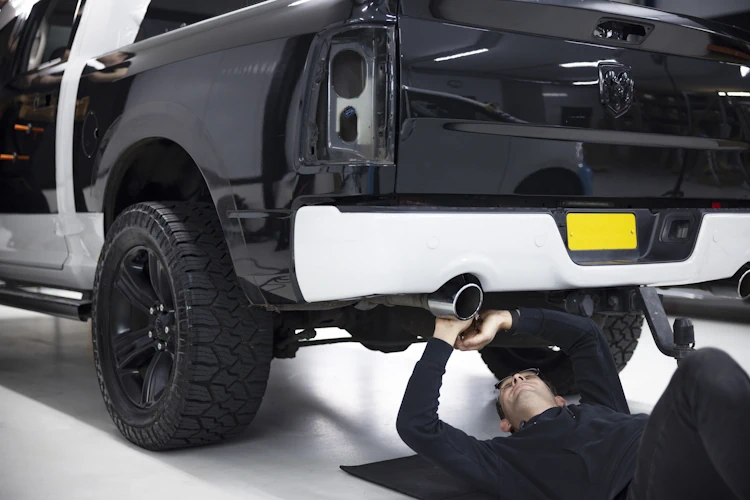In the world of road cycling, comfort and performance go hand in hand. As cyclists embark on long rides, especially in warm weather conditions, the ability to stay cool and comfortable becomes essential. One of the key factors influencing rider comfort is the ventilation system of their helmet. In this article, we will delve into the intricacies of road bike helmet ventilation, exploring the latest innovations and technologies that keep cyclists cool and focused on their rides.
The Science Behind Ventilation
Understanding Ventilation Systems
Ventilation systems in road bike helmets serve a crucial purpose: to regulate temperature and moisture inside the helmet. By promoting airflow and heat dissipation, these systems help prevent overheating and discomfort during long rides. Additionally, proper ventilation aids in sweat evaporation, keeping the cyclist’s head dry and comfortable.
Physiological Benefits
Effective ventilation not only enhances comfort but also improves rider performance. By maintaining a cooler head temperature, cyclists can sustain their effort levels for longer periods, resulting in better endurance and overall performance on the road.
Traditional Ventilation Designs
Vent Hole Configurations
Traditional helmet designs incorporate vent holes strategically placed throughout the helmet shell. These vent holes allow air to enter the helmet, circulating around the cyclist’s head and carrying away excess heat.
Internal Channeling
Internal channels within the helmet structure further facilitate airflow, directing air from the front vents to the rear exhaust ports. This continuous flow of air helps regulate temperature and prevents heat buildup inside the helmet.

Advanced Ventilation Technologies
Aerodynamic Vent Shapes
Modern road bike helmets feature aerodynamically optimized vent shapes that minimize drag and airflow disruption. These vent shapes are meticulously designed and wind tunnel-tested to ensure optimal aerodynamic performance without compromising ventilation.
Active Ventilation Systems
Some helmets employ active ventilation systems, such as adjustable vents or switchable airflow channels. Cyclists can customize airflow according to their preferences and riding conditions, maximizing comfort and cooling efficiency.
Channeling and Exhaust Port Systems
Directing Airflow
Channeling systems guide airflow through the helmet, ensuring efficient ventilation across the cyclist’s head. By directing air from the front vents to the rear exhaust ports, these systems create a continuous flow of cool air while expelling warm, moist air.
Exhaust Port Design
Exhaust ports at the rear of the helmet are strategically designed to facilitate the expulsion of warm air. By creating a low-pressure zone behind the cyclist’s head, exhaust ports help draw out hot air, maintaining a comfortable internal temperature.
Aerogel and Cooling Materials
Thermal Insulation
Aerogel and cooling materials are integrated into helmet construction to provide thermal insulation and heat dissipation. These materials act as barriers against external heat while promoting airflow within the helmet, effectively cooling the cyclist’s head.
Enhanced Comfort
The use of aerogel and cooling materials enhances rider comfort during long rides, especially in hot and humid conditions. By minimizing heat retention and maximizing cooling efficiency, these materials contribute to a more enjoyable cycling experience.
Ventilation and Helmet Safety
Maintaining Structural Integrity
While ventilation is essential for rider comfort, it must not compromise helmet safety. Ventilation systems are carefully designed to maintain the helmet’s structural integrity and impact protection, ensuring cyclists are adequately protected in the event of a crash.
Impact Testing
Helmet manufacturers conduct rigorous impact testing to evaluate the safety and performance of ventilation systems. Helmets must meet stringent safety standards, such as CPSC and ASTM, to ensure they provide adequate protection against head injuries.
Impact on Rider Comfort
Heat Dissipation
Effective ventilation systems play a significant role in heat dissipation, preventing heat buildup inside the helmet and keeping the cyclist’s head cool and comfortable.
Moisture Management
In addition to heat regulation, ventilation systems aid in moisture management by promoting sweat evaporation. By wicking away moisture, these systems help keep the cyclist’s head dry and irritation-free during long rides.
Choosing the Right Ventilation System
Personalized Selection
When choosing a road bike helmet, cyclists should consider their individual preferences and riding conditions. Factors such as climate, intensity of rides, and personal comfort preferences influence the selection of a helmet with the optimal ventilation system.
Climate Considerations
Cyclists in hot and humid climates may prioritize helmets with larger vents and enhanced airflow channels to combat heat buildup. Conversely, cyclists in cooler climates may opt for helmets with adjustable vents to regulate airflow according to changing conditions.
Maintenance and Care Tips
Preserving Ventilation Performance
To maintain optimal ventilation performance, cyclists should regularly clean and inspect their helmets. Removing debris and obstructions from vents, as well as ensuring proper airflow channels, is essential for maximizing cooling efficiency.
Cleaning Instructions
Helmet manufacturers provide cleaning instructions for maintaining ventilation systems. Cyclists should follow these guidelines to prevent damage to vents and ensure consistent airflow throughout the helmet.
Innovations in road bike helmet ventilation have transformed the cycling experience, enabling cyclists to stay cool and comfortable on their long rides. By understanding the science behind ventilation systems and selecting helmets with advanced technologies, cyclists can maximize airflow and enhance their riding performance. Whether tackling challenging climbs or cruising along scenic routes, cyclists can now enjoy the benefits of superior ventilation, ensuring a more enjoyable and rewarding cycling experience.
FAQ (Frequently Asked Questions)
How do I know if a helmet’s ventilation system is effective?
Effective ventilation systems promote airflow and regulate temperature inside the helmet, keeping the rider cool and comfortable.
Can I retrofit my existing helmet with a more advanced ventilation system?
While some helmets may allow for aftermarket ventilation upgrades, it’s generally recommended to invest in a helmet with the desired ventilation features from the outset.
Are there ventilation systems specifically designed for hot or humid climates?
Yes, some helmets feature ventilation systems optimized for hot and humid conditions, with larger vents and enhanced airflow channels to promote cooling.
How can I prevent insects and debris from entering the helmet through the vents?
Many helmets come with removable insect nets or mesh covers to prevent insects and debris from entering the vents. Regular cleaning and maintenance can also help keep vents clear and free of obstructions.
Does helmet size affect ventilation performance?
Helmet size can impact ventilation performance, as a properly fitting helmet ensures optimal airflow and comfort. Ill-fitting helmets may impede airflow and lead to discomfort during rides.
